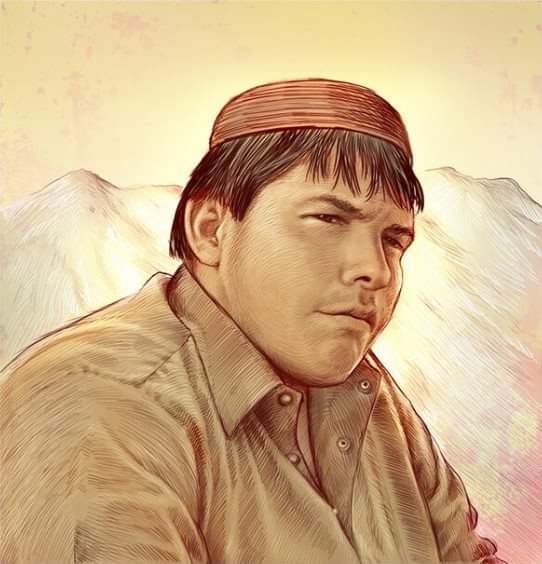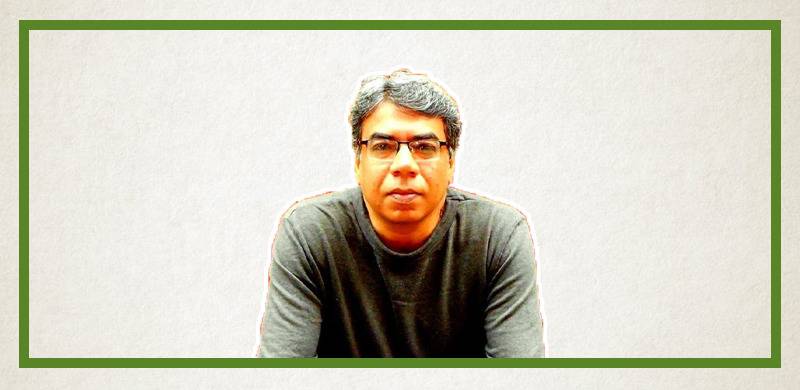
Nadeem Farooq Paracha remembers the heroic death of Aitzaz Hassan Bangash who foiled a suicide bombing attempt at a school in Hangu in 2014, sacrificing his own life in the process. Today is Aitzaz's 6th death anniversary.
6 years ago today (January 6, 2014) a 15-year-old schoolboy, Aitzaz Hassan Bangash, intercepted a suicide bomber near the gate of his school in Pakistan’s rugged Hangu District.
In the ensuing physical altercation between the two, the terrorist detonated the dynamite- laden vest he was wearing, killing Bangash and himself. Some 2000 students were said to be present in the school premises at the time. Their lives were saved from a catastrophic act of terror and tragedy. But not entirely. Because the life of a 15-year-old boy was snuffed out, leaving his mother and two sisters shocked and heartbroken.
Pakistan at the time was in the grip of a vicious existentialist crisis. Between 2007 and 2014, over 30,000 civilians, soldiers, police personnel and politicians had been killed by religious extremist groups, especially in the north-western areas of the country (the Khyber Pakhtunkhwa province and the former FATA regions).
The insurgency had then spread across the rest of the country, with suicide bombers and assassins going on murdering sprees and rampages, almost unchallenged. The state and government seemed paralyzed. The regime and the opposition spent more time gazing at their navels, and private TV channels continued to invite men and women, many of who did not hesitate in justifying the violence as some sacred war against ‘infidels,’ America and a republic that was not Islamic enough.
The irony is, it would take another attack on a school in December 2014, for the state, the government and the opposition to finally reach a consensus on initiating an unprecedented military operation against the insurgents.
Sadly, there was no Aitzaz Hassan Bangash standing outside the gates of Peshawar’s Army Public School to stop terrorists who managed to slaughter over 145 young students and teachers, thus jolting a petrified state, government and polity from their state of apathetic inertia.
The intense military operation, planned and executed by the former military chief, Gen. Raheel Sharif, saw a 70 percent decrease in episodes of suicide bombings and assassinations. Insurgent networks were largely dismantled and their units vanquished.
But the question is, shouldn’t have the planned attack on Aitzaz’s school in January 2014 been enough for the state and government to realize that the terrorists were now even willing to attack schools? Alas.
The terrorist incident which killed Aitzaz in Hangu was part of what Pakistan had begun to face from 2007 onwards. But the Hangu District had been witnessing violence from the 1990s. It was already a volatile region simmering with sectarian tensions between its Shia and Sunni residents.
In 2007, a new breed of extremists in the shape of the Pakistani Taliban (TTP) and some other outfits (that included militant Chechens and Uzbeks) set up shop in Hangu to not only exploit the sectarian tensions of the area but to also integrate it into their ever-increasing areas of influence and dominance in KP and FATA.
In the 1990s, Hangu had witnessed a series of sectarian clashes and riots, especially instigated by militant Shia and Sunni proxies of Iran and Saudi Arabia. Also in the 1990s, a Sunni radical organization declared ‘Sharia rule’ in the area. This also included ‘orders’ by an influential cleric that the cars to be driven on the right side of the road as opposed to the left (as is the norm and rule in the rest of Pakistan)!
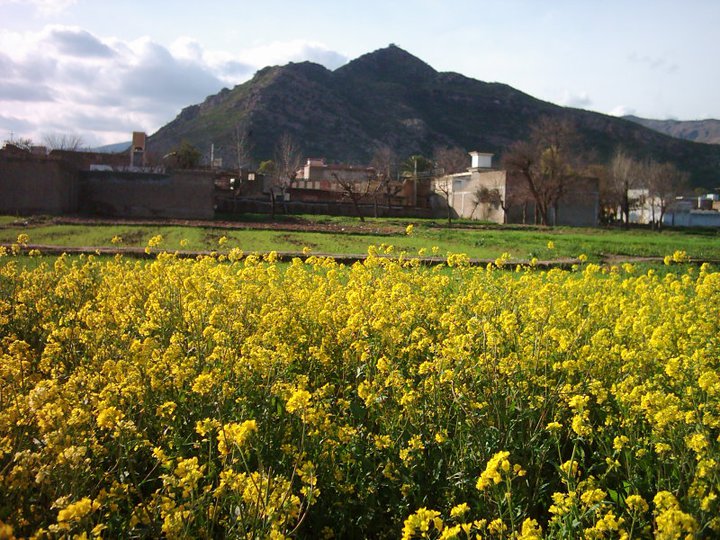
So Aitzaz was born (in 1998) into a strife-ridden region and was growing up in a milieu that was polarized by sectarian melee. This was then compounded by the entry of the TTP. He was well aware of the fact that terrorists were blowing up mosques, shrines, churches and markets, but no school had ever been attacked. However, extremists had destroyed girls’ schools in KP’s Swat region, but only after they were closed down by outfits such as the TTP.
The Noble-prize-winning activist Malala Yousafzai almost became a victim of this vicious campaign when she was shot in the face by a fanatic in Swat in 2011. She too was 15 at the time, but thankfully survived the attack.
Aitzaz came from a working-class Pashtun family. His father worked in the UAE. At home he lived with his mother and two sisters. He was the only son. On the day of the incident, some bad luck (for Aitzaz) and a lot of courage from him combined to save dozens of lives that could have been taken by the suicide bomber.
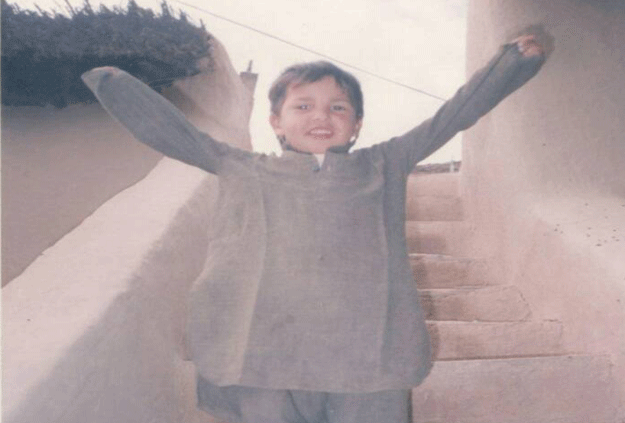
This is what happened. When he reached his school, he was not allowed to attend class by the school administration because his uniform looked shabby. He had been told this by the school on various occasions, but his friends say Aitzaz was too carefree a person to take this seriously.
Friends remember him as a jolly person who, due to his hefty frame, was very good in extra-circular activities. He also had a great sense of humor. He was often called phelwan (wrestler) by his schoolmates and village folk. When he was stopped from attending the school that day, he decided to hang around with a classmate of his just outside the school’s main gate.
This is when both saw a 25-year-old man approaching the school. Once near the gate, he told the boys that he had come to seek admission. As the man passed them, Aitzaz’s friend happened to glance a portion of a detonator which was visible just beneath the man’s kameez (shirt).
The friend shouted out a warning and sprinted inside the school. Aitzaz on the other hand ran towards the man and wrestled him to the ground. Unable to throw Aitzaz off, the man (a TTP militant) detonated his suicide vest and blew up. Aitzaz was mortally wounded and soon passed away in the hospital.
His father who was still in the UAE told the media: “My son made his mother cry, but saved hundreds of mothers from crying for their children.”
Aitzaz was posthumously given one of the highest civil awards by the government of Pakistan: The Sitara-e-Jurat (Star of Bravery).
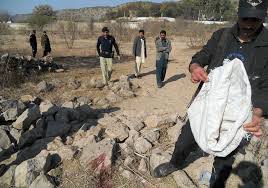

6 years ago today (January 6, 2014) a 15-year-old schoolboy, Aitzaz Hassan Bangash, intercepted a suicide bomber near the gate of his school in Pakistan’s rugged Hangu District.
In the ensuing physical altercation between the two, the terrorist detonated the dynamite- laden vest he was wearing, killing Bangash and himself. Some 2000 students were said to be present in the school premises at the time. Their lives were saved from a catastrophic act of terror and tragedy. But not entirely. Because the life of a 15-year-old boy was snuffed out, leaving his mother and two sisters shocked and heartbroken.
Pakistan at the time was in the grip of a vicious existentialist crisis. Between 2007 and 2014, over 30,000 civilians, soldiers, police personnel and politicians had been killed by religious extremist groups, especially in the north-western areas of the country (the Khyber Pakhtunkhwa province and the former FATA regions).
The insurgency had then spread across the rest of the country, with suicide bombers and assassins going on murdering sprees and rampages, almost unchallenged. The state and government seemed paralyzed. The regime and the opposition spent more time gazing at their navels, and private TV channels continued to invite men and women, many of who did not hesitate in justifying the violence as some sacred war against ‘infidels,’ America and a republic that was not Islamic enough.
The irony is, it would take another attack on a school in December 2014, for the state, the government and the opposition to finally reach a consensus on initiating an unprecedented military operation against the insurgents.
Sadly, there was no Aitzaz Hassan Bangash standing outside the gates of Peshawar’s Army Public School to stop terrorists who managed to slaughter over 145 young students and teachers, thus jolting a petrified state, government and polity from their state of apathetic inertia.
The intense military operation, planned and executed by the former military chief, Gen. Raheel Sharif, saw a 70 percent decrease in episodes of suicide bombings and assassinations. Insurgent networks were largely dismantled and their units vanquished.
But the question is, shouldn’t have the planned attack on Aitzaz’s school in January 2014 been enough for the state and government to realize that the terrorists were now even willing to attack schools? Alas.
The terrorist incident which killed Aitzaz in Hangu was part of what Pakistan had begun to face from 2007 onwards. But the Hangu District had been witnessing violence from the 1990s. It was already a volatile region simmering with sectarian tensions between its Shia and Sunni residents.
In 2007, a new breed of extremists in the shape of the Pakistani Taliban (TTP) and some other outfits (that included militant Chechens and Uzbeks) set up shop in Hangu to not only exploit the sectarian tensions of the area but to also integrate it into their ever-increasing areas of influence and dominance in KP and FATA.
In the 1990s, Hangu had witnessed a series of sectarian clashes and riots, especially instigated by militant Shia and Sunni proxies of Iran and Saudi Arabia. Also in the 1990s, a Sunni radical organization declared ‘Sharia rule’ in the area. This also included ‘orders’ by an influential cleric that the cars to be driven on the right side of the road as opposed to the left (as is the norm and rule in the rest of Pakistan)!

Aitzaz’s village in Hangu.
So Aitzaz was born (in 1998) into a strife-ridden region and was growing up in a milieu that was polarized by sectarian melee. This was then compounded by the entry of the TTP. He was well aware of the fact that terrorists were blowing up mosques, shrines, churches and markets, but no school had ever been attacked. However, extremists had destroyed girls’ schools in KP’s Swat region, but only after they were closed down by outfits such as the TTP.
The Noble-prize-winning activist Malala Yousafzai almost became a victim of this vicious campaign when she was shot in the face by a fanatic in Swat in 2011. She too was 15 at the time, but thankfully survived the attack.
Aitzaz came from a working-class Pashtun family. His father worked in the UAE. At home he lived with his mother and two sisters. He was the only son. On the day of the incident, some bad luck (for Aitzaz) and a lot of courage from him combined to save dozens of lives that could have been taken by the suicide bomber.

A 5-year-old Aitzaz at his home.
This is what happened. When he reached his school, he was not allowed to attend class by the school administration because his uniform looked shabby. He had been told this by the school on various occasions, but his friends say Aitzaz was too carefree a person to take this seriously.
Friends remember him as a jolly person who, due to his hefty frame, was very good in extra-circular activities. He also had a great sense of humor. He was often called phelwan (wrestler) by his schoolmates and village folk. When he was stopped from attending the school that day, he decided to hang around with a classmate of his just outside the school’s main gate.
This is when both saw a 25-year-old man approaching the school. Once near the gate, he told the boys that he had come to seek admission. As the man passed them, Aitzaz’s friend happened to glance a portion of a detonator which was visible just beneath the man’s kameez (shirt).
The friend shouted out a warning and sprinted inside the school. Aitzaz on the other hand ran towards the man and wrestled him to the ground. Unable to throw Aitzaz off, the man (a TTP militant) detonated his suicide vest and blew up. Aitzaz was mortally wounded and soon passed away in the hospital.
His father who was still in the UAE told the media: “My son made his mother cry, but saved hundreds of mothers from crying for their children.”
Aitzaz was posthumously given one of the highest civil awards by the government of Pakistan: The Sitara-e-Jurat (Star of Bravery).

Police investigate the area where Aitzaz had wrestled the suicide bomber to the ground and where both died in the explosion.

This is where Aitzaz used to sit in class. Classmates mourn his passing. The school is now named after him.

